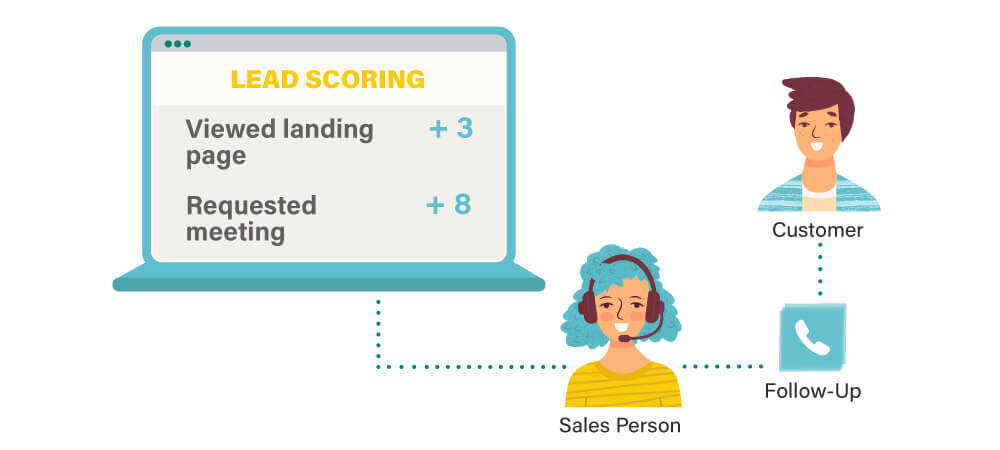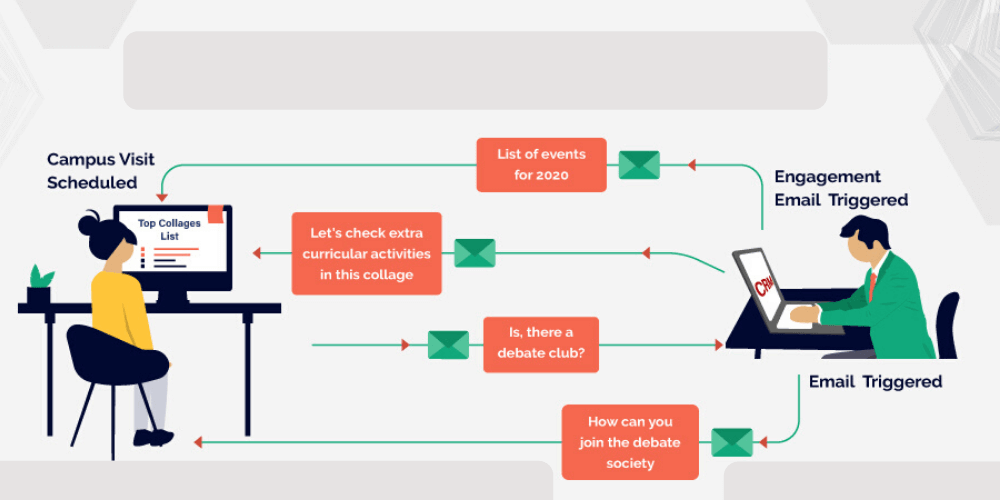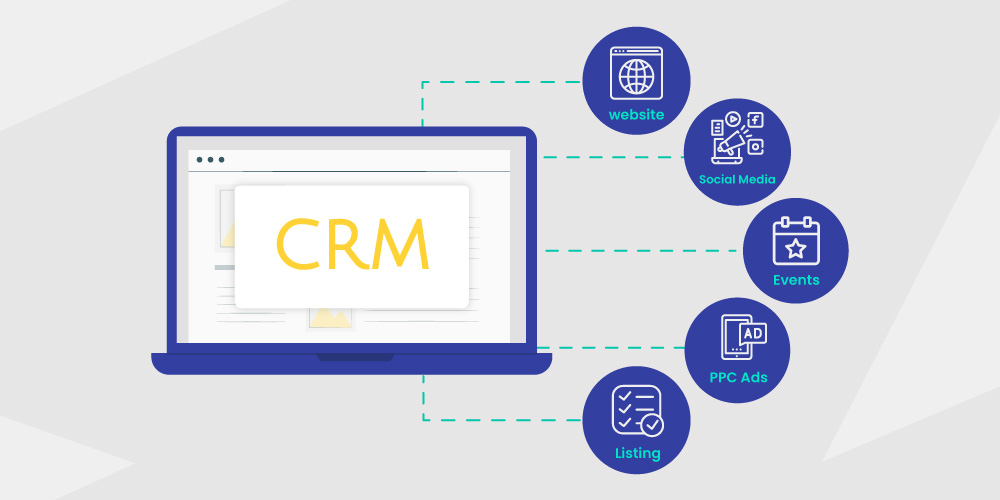
Your customers help to drive growth and increase sales in your organization. They transact, spend, and assist in your promotion. To estimate how your sales will rise tomorrow, you must know how your customers feel today. This is the reason why customer experience management plays a crucial role in defining growth.
Clearly, the objective of customer experience management is to optimize your interactions with clients. It enables you to foster customer loyalty.
Any organization must plan to manage the client’s experience with a strategy. Indeed, you must focus on developing robust customer relationships.
What is Customer Experience Management?
Customer experience management is the process of understanding your clients, both consciously, and subconsciously. With specific inputs, you can restructure your operations in the company. It enables you to create a streamlined process both pre-sales and post-sales.
Customer experience management depends on the collective interactions of your company with the client. When you transform these interactions into a customer-centric process, you can create a hassle-free customer experience. In a nutshell, customer experience will depend on how you engage your prospects and post-sales the way you nurture them.
Why Customer Experience Management is Necessary?
Customer experience has become crucial in today’s competitive world. Many businesses have realized this and are spending their time, resources, and capital. Let me tell you why?
It is because excellent customer experience management leads to:
- Reducing overall cost by ensuring a higher acquisition and retention rate.
- Improving customer loyalty by creating advocacy through valuable interaction with them.
- Strengthening brand preference through different experiences.
- Increasing revenue by generating sales from established clients. Also, generating new deals through word-of-mouth publicity.
Advantages of a Customer Experience Management

A unique and exceptional technique of managing experience gives your brand the ability to understand your customers.
Throughout the customers’ journey, it helps you to create consistency and innovation.
Consequently, providing them seamless experience in purchasing.
- By measuring different metrics, customer experience management provides internal consistency.
- It helps to save costs.
- Customer satisfaction increases.
- By measuring customer satisfaction, you can get insights into the company’s performance.
- It offers leaders and team members full visibility of the areas that need improvement.
- It gives you clarity across all products and channels.
[Also read: the importance of CRM in increasing customer satisfaction]
Customer Experience Management Technique
The organization depends on customer data analytics and business intelligence
After analyzing these, it is quite evident that companies sell in a coordinated fashion.
But still, the sales numbers are dismal. Why is that?
It is because sometimes you need more than coordination to make a sale. You must understand the mindset of your prospect before delivering your sales pitch. Additionally, you must engage them with relevant inputs.
It will help you to nurture your prospects in all stages of purchasing. These include Awareness, Consideration, and Decision Making stages.
In some cases, it will enable you to know your consumers’ perspective.
Understanding their perspective and emotions that govern purchases enables your organization to craft a customer-centric sales process. You can do this by analyzing the customer’s data. Emphasizing on how they interact with your website or other channels.
Consecutively, you can provide consultation to your prospects and customers with more engaging inputs.
Steps to get Customer Experience Management Right
Create and Maintain Customer Profile

To deliver customer experience and drive growth, you must know your customers. You should create and maintain their data. This enables you to measure your customer’s purchase journey.
The more you know your clients, the easier it will be to deliver relevant discounts to them.
This will enable you to retain more customers and maintain loyalty.
Make it personal

You can understand your customer needs, and you can use the knowledge to personalize every interaction.
The information collected will help you to analyze and improve your interactions.
By emphasizing on this, you can deliver the right services, advice, recommendations, and discounts to your customers.
Deliver Right messages at the Right Time

It would be best if you map analytics to specific stages in the life cycle of your customer. With this, you can deliver the proper message at the right time.
Customer Experience Management is very important for any company aspiring to become a market pioneer. It starts with the first interaction of the client with your company and continues over the retention period.
To make the first interaction right, you need something more than the usual sales pitch. You need technology to work for your benefit here. And that’s where CRM comes into the picture. Let me guide you through how CRM can be beneficial for customer experience management.
Use CRM to Manage Customer Experience
Customer Relationship Management software enables you to create a delightful purchase experience for your prospects. With engaging and nurturing capabilities, CRM software takes your prospect through a smooth sales process.
It enables you to construct your sales conversation according to the expectation of your lead. Following that, the software keeps in check that every follow-up is made in time.
Furthermore, CRM automates beneficial and informatory emails, texts and notifications to your prospect. This helps you to keep in touch and nurture customer relationships as the first priority.
Let me take you through the entire sales process with CRM software.
Auto Capture all Leads

CRM captures your leads from all channels. Be it your website, Social Media, Ad campaigns, marketplaces, etc.
All of these leads are stored in a single place. The software segments lead on the basis of their interest, location, etc. Moreover, it distributes to your salespeople in a round-robin fashion.
Then, CRM nudges the sales team to follow up with the lead.
Particularly, with CRM, your salespeople can weave their words according to the prospect’s interest.
Lead Scoring and Prioritization

CRM Software tracks the entire journey of your prospect. By leveraging website tracking effectively, CRM keeps your salespeople updated all the time.
Your salesperson can see all website pages that your prospect is looking in. Additionally, it also analyzes email analytics.
Subsequently, CRM assigns a lead score to all leads based on such interactions. Following this, the software prioritizes follow-ups based on their lead score.
It enables you to reach more qualified leads first.
Engage and Nurture Leads

After identifying the interest of your lead. The software furnishes essential inputs to your prospect. These inputs help you to engage your leads effectively.
The software automates them and delivers these to your leads at the right time. Enabling you to establish a robust relationship with your customers.
Provide Exemplary Customer Experience With LeadSquared
LeadSquared CRM helps you develop customer relationships by providing a fascinating customer experience in the sales process.
A sales pitch is the first interaction of your company with your future customers. You cannot afford to take it for granted.
Hence provide your customer with a fascinating purchasing experience right from the start. Book a free demo of LeadSquared CRM.






